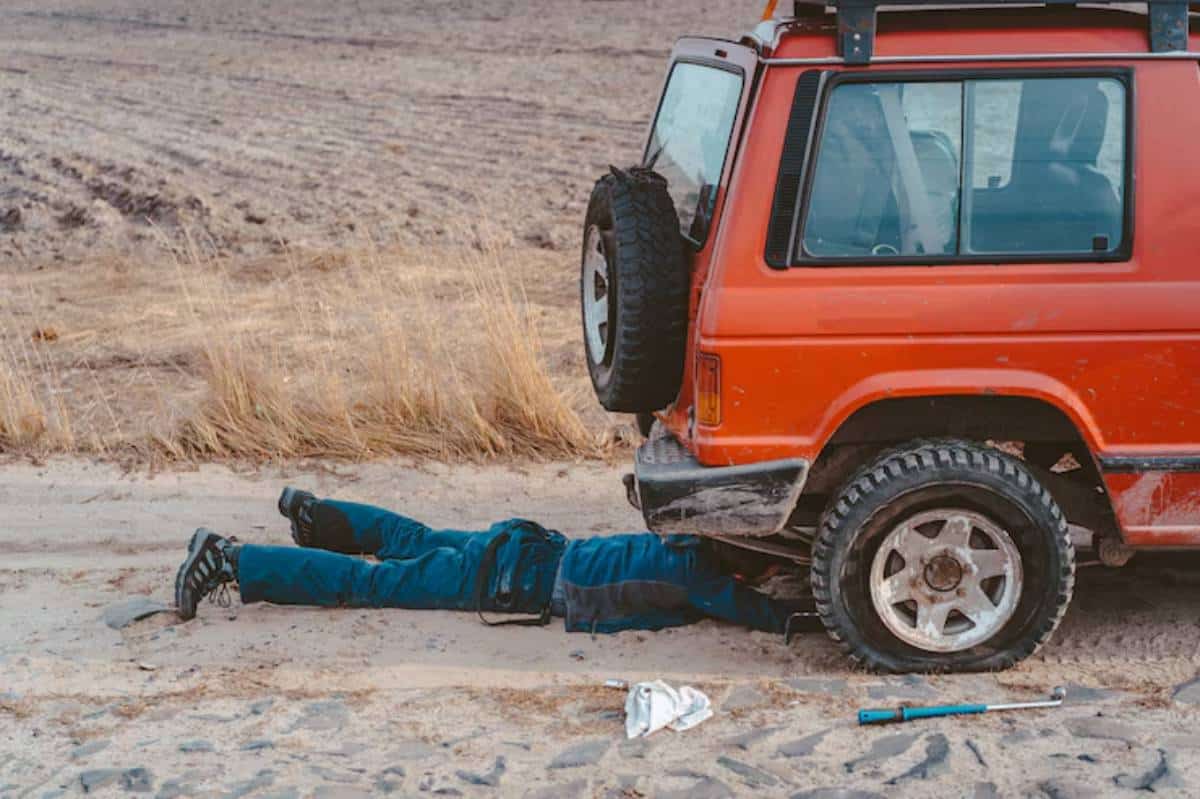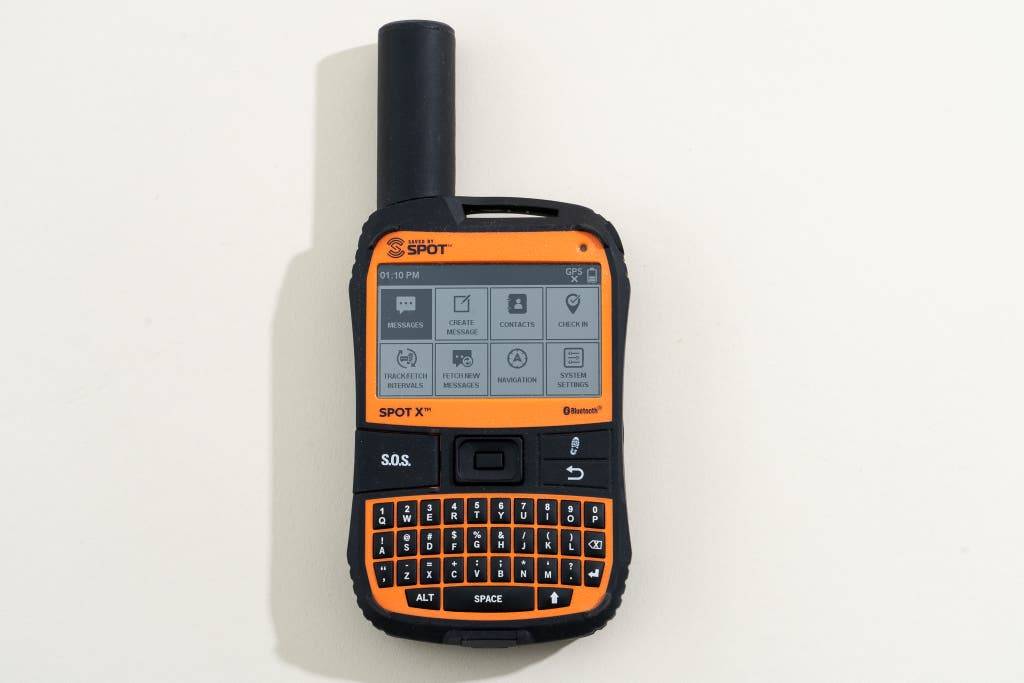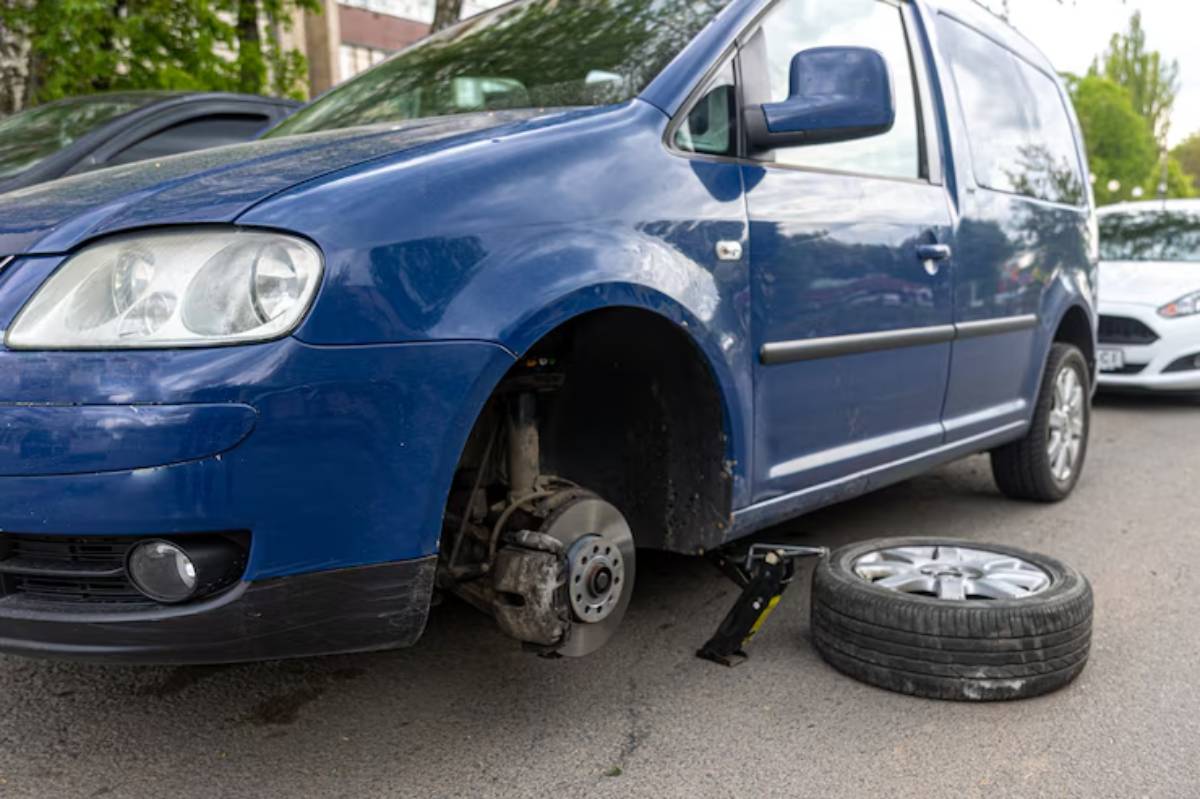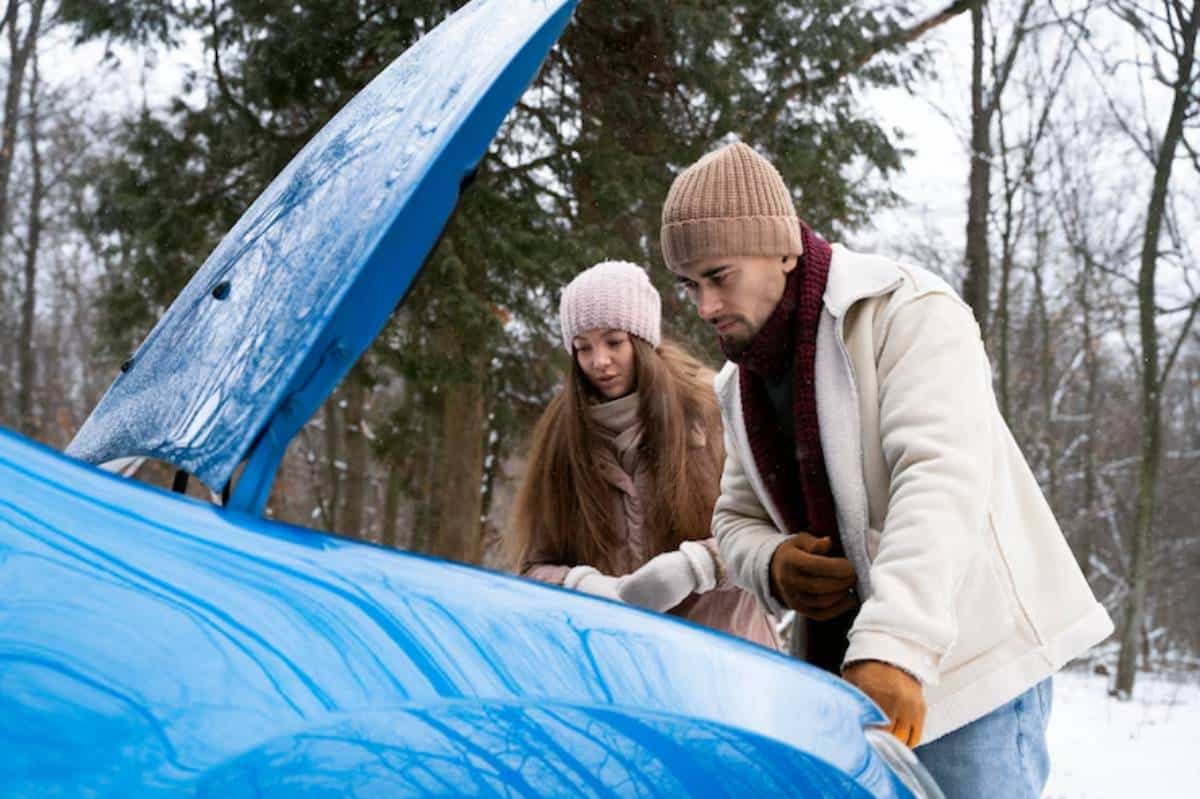
Self-Recovery Tips When Travelling Solo
It’s just you, your 4×4, and the open trail. The sense of freedom is unmatched, but when things go sideways, there’s no convoy to back you up. That’s when your self-rescue gear and preparation matter most. For solo travellers, knowing how to manage off-road solo recovery situations isn’t just a useful skill—it’s your safety net.
Solo overlanding offers incredible rewards peace, flexibility, and true immersion in nature. But it also demands a different level of planning. Without someone to spot you or lend a strap, your solo 4×4 safety relies on self-reliance, problem-solving, and smart gear choices.
This guide covers the must-know strategies and tools for effective self-recovery when you’re travelling solo. From terrain assessment to recovery equipment and decision-making under pressure, here’s how to keep moving forward—even when you’re alone.
Why Self-Recovery Requires a Different Mindset
When you travel solo, the margin for error shrinks. A stuck wheel or dead battery that might be minor in a group becomes a major obstacle alone.
Key Differences:
- No second vehicle to tow or pull
- No one to act as a spotter or give feedback
- Fewer hands for digging, lifting, or anchoring
- Slower, more methodical decision-making required
That means your approach to recovery must be preventative, well-practised, and geared for independence.
Assessing Risk Before You Get Stuck
The best recovery? Avoiding the need for one. Solo drivers must be hyper-aware of their terrain and surroundings.
Risk Reduction Habits:
- Walk tricky sections before driving
- Study topographic maps and elevation changes
- Know your vehicle’s clearance, approach and departure angles
- Mark alternate turnaround points on narrow trails
If the trail feels wrong, trust your instincts. Reversing out is always better than being stuck alone.
Must-Have Self-Rescue Gear
Your gear is your trail companion. Everything you carry should serve a purpose and be manageable solo.
Core Recovery Tools:
- Recovery boards (at least two; four is better)
- Shovel with reinforced handle
- Snatch strap and rated shackles
- Tree trunk protector and gloves
- Tyre deflator and compressor
- High-lift jack (with base plate)
Advanced Options:
- Electric or manual winch
- Ground anchors (for when there are no trees)
- Air jack (safer in soft terrain)
These tools should be accessible, not buried under cargo. Consider modular storage systems that keep gear within reach.
For an in-depth look at pairing your snatch strap and shackles correctly, see our complete guide to snatch straps and shackles.
How to Use Your Gear Effectively
Tools are only half the story—how you use them matters more.
Traction First
If your tyres are spinning
- Stop immediately
- Clear under the tyres
- Insert recovery boards at an angle
Avoid excessive throttle—it digs you in deeper. Gentle movement is key.
Winching Solo
- Use a remote-controlled winch if possible
- Anchor to trees, rocks, or a ground anchor
- Apply a winch dampener over the cable or rope
- Stay out of the cable’s direct line
If you’re using a manual winch (like a Tirfor), take your time. Hydrate and break up the work into manageable bursts.
Situational Awareness: Think Before You Act
The most dangerous tool is panic. Solo recoveries should be calm, calculated, and safe.
Use the STOP Approach:
- Stop and assess the scene
- Think through your options
- Observe the ground and anchor points
- Plan a logical recovery method
Rushing leads to mistakes. Take five minutes to plan instead of three hours regretting a bad decision.
Communication and Contingency Planning
You might be solo, but you don’t have to be off-grid in every sense.
Smart Communication:

- Satellite messenger (e.g. Garmin inReach)
- PLB (Personal Locator Beacon) for emergencies
- Pre-set check-in times with family or friends
Always share your route plan and expected return time with someone you trust. Update them if your plans change.
Real-World Solo Recovery Examples
On a trip through the Dales, a solo overlander misjudged a grassy slope after rain. The rear end slid, and traction was lost. With no winch trees nearby, they used four MAXTRAX boards to slowly crawl forward onto firmer ground, repositioning after every 1.5 metres.
In another case, a manual winch and a buried ground anchor were used to recover a stuck SUV in remote Portugal. The process took two hours, but the driver had packed snacks, stayed hydrated, and kept a cool head.
Both stories prove one thing: being slow, prepared, and systematic works.
Physical and Mental Prep for Going Solo
Solo recovery can be physically demanding. Fatigue leads to mistakes, so prepare your body and mind.
Simple Readiness Tips:
- Pack high-energy snacks and water
- Dress for all weather (layers, gloves, hat)
- Practice recovery drills at home or with a local group
- Keep your tools in good condition
Consider adding mental preparedness tools too—a small notebook with key recovery steps can help focus your thinking under pressure.
Post-Recovery: Know When to Stop
Once you’re moving again, it’s tempting to press on. Don’t.

- Tyres for sidewall damage
- Undercarriage for bent components
- Gear for stress or wear
Clean, repack, and document what worked—or what didn’t—for future reference.
This is a good time to re-evaluate your terrain. If conditions worsened, now might be the moment to turn back or reroute.
Conclusion: Travel Alone, But Be Prepared
Solo overlanding demands more from you—but it gives more too. With the right tools, planning, and mindset, you can recover safely from most situations and continue your journey with confidence.
Every solo recovery reinforces your self-reliance. You learn what works, what needs improvement, and how to adapt.
Before your next trip, double-check your gear and refresh your skills. Then head out knowing that while you may be alone, you’re far from unprepared.
If you’re building your recovery loadout, don’t miss our review of the best off-road winches for 2025 to choose the right backup pull system for your solo adventures.


